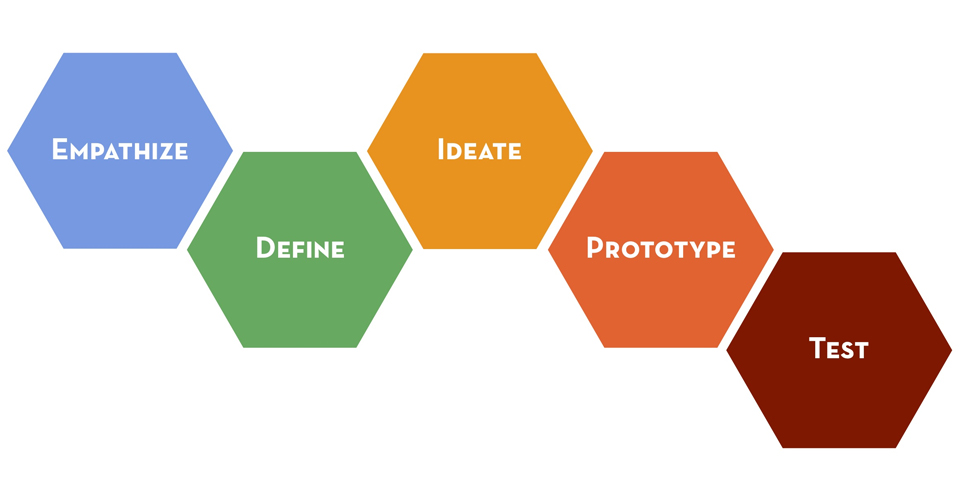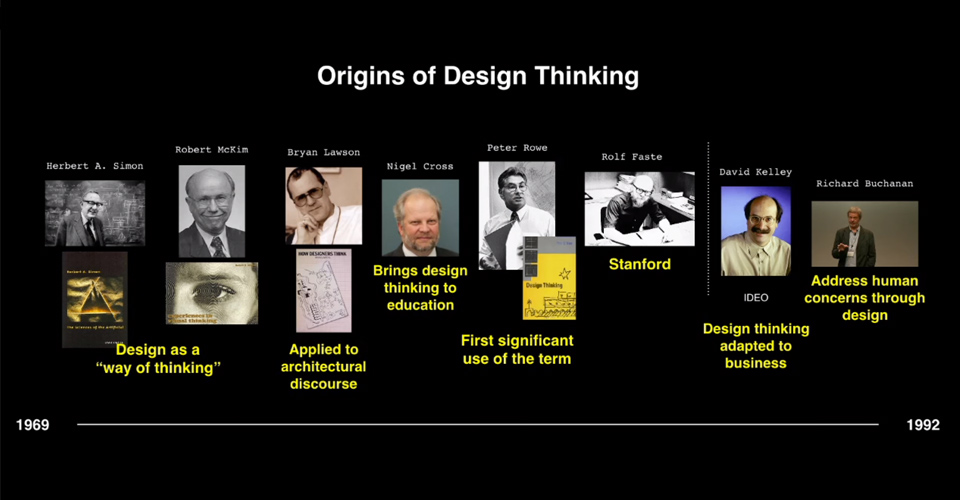Thinking about Design Thinking
“Design Thinking” seems to be everywhere, used in loose terminology as a buzzword to inspire teams and corporations. It has taken a life of its own — yet few people seem to really know what it is about.
Recent years have seen a rise in offerings that teach design thinking. Renowned organisations, such as IDEO* and Standford’s d.school** are leading the way and have effectively created the industry. This hasn’t gone unnoticed in New Zealand, with many companies “incorporating” design thinking and/or offering programs of their own.
* IDEO offers a self-paced, video-based Design Thinking course at USD$399.
** you pay a staggering USD$12,600 for a 4-day “Design Thinking Bootcamp” called “From Insights to Innovation.”
While I am not in a position to judge the quality of these programs, without having attended any of these workshops or courses myself, it does make you think there is some big business cash to be made here.
The terminology always sounded funny to me because I am a designer and I think about design a lot — all the time. It is what we do, as a profession. We live, eat, and breathe design. It feels awkward to try to reduce this mindset or way of working (which believe me, is far from linear) into a step-by-step formula or cookie-cutter package that can be applied to any problem.

The basic 5 step design thinking process.
It reminds of the time, not too long ago, that human-centred design was all the buzz. Back then, it didn’t make any sense to me to label the obvious. 99% of our designed world is intended for human interaction in one way or another. So in that perspective, design has always centered around humans. It’s like calling water wet, or as Zoolander once marketed: moisture is the essence of wetness!
And I am afraid that the terminology “design thinking” is in the same category. Natasha Jen, Partner at Pentagram, is thinking along the same lines. Earlier this year she presented a great talk at the 99% Conference titled “Design thinking is bullshit”

A timeline of the coining of the term “design thinking” as used in Natasha Jen’s talk.
In a lot of ways, her talk captures the problem: design thinking can be too focussed on a linear process and tends to leave out design critique (crit) from the start. To be clear, a well-guided design (thinking) approach that allows for critique and strong analysis along the way can be super beneficial. But without the physical evidence, as Natasha highlights, there is a danger that we end up in post-it land without any real outcomes. In this light, design will remain a profession, and even though this may sound defensive it also illustrates the complexity of design.
But hold on, doesn’t Locus have a process themselves?
Absolutely! We use our framework as a starting point to frame each project at hand. The different phases describe a high-level product development pathway. However, the type of work we do within these phases differs from project to project. As each project demands, we modify the process to suit, rather than simply making sure every box is ticked along the way.
Yes, we will empathize, define, ideate, prototype, and test along the way. But the methods used and order in which we bounce between them will be diverse, organic, and driven by many different objectives. We are pretty good at pulling all the threads together that will inform a successful product and/or service. For us, it is about bridging the gap from idea to reality, beyond post-its and processes.
So where does this leave us?
I commend the efforts to incorporate a design attitude into any organisation; being exposed to other methods and ways of working will help when trying to grasp the importance of design. Do I agree design thinking is bullshit? No, because I see the value of those tools and techniques to my own thinking… But I do agree that the buzz is inflating its potential and meaning. If done right, true design thinking doesn’t follow a fixed linear approach. It is tailored to each individual project, under the guidance of versed designers who incorporate critique and are happy with change course along the way. It looks at the problem holistically — all the way to an organisation’s ability to execute the solutions.
To me, that sounds a lot like straight-up good design.

A New York Post-It war ended with a massive mic-drop.
Feel like you need some extra horsepower to incorporate design into your business?
We are here to help!
Want to read more on creativity, design, product development and innovation? Go to our Six Lenses Blog.


Comments